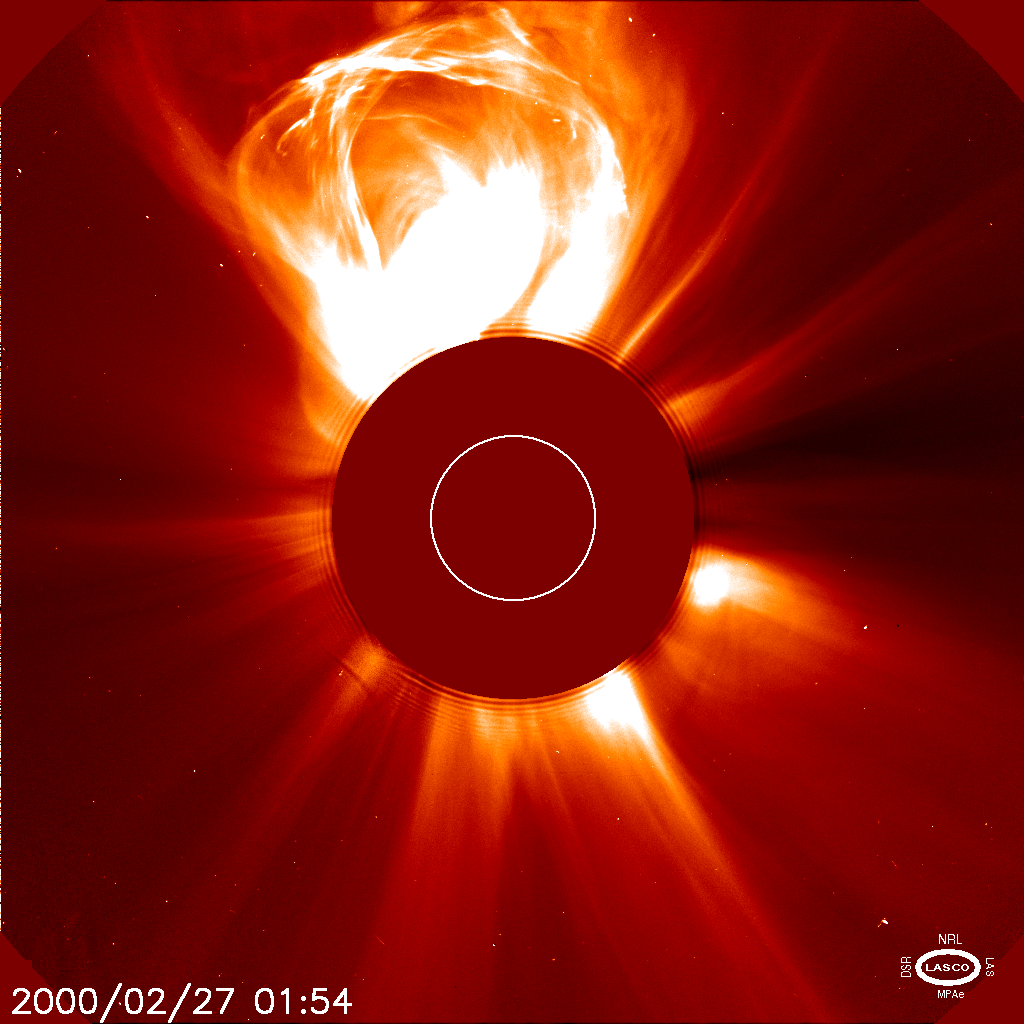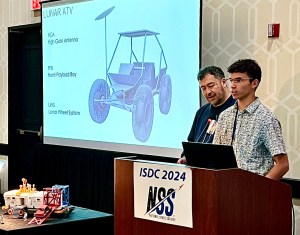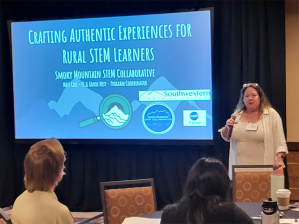
2 min read
Celebrate the Heliophysics Big Year with Free Heliophysics and Math Webinars from NASA HEAT
The Heliophysics Big Year (HBY) is a global celebration of the Sun’s influence on Earth and the entire solar system. It began with the Annular Solar Eclipse on Oct. 14, 2023, continued through the Total Solar Eclipse on Apr. 8, 2024, and will conclude with Parker Solar Probe’s closest approach to the Sun in December 2024.
Challenged by the NASA Heliophysics Division to participate in as many Sun-related activities as possible, the NASA Heliophysics Education Activation Team (NASA HEAT) has been hosting a monthly webinar for formal and informal educators, science communicators, and other heliophysics enthusiasts to promote the understanding of heliophysics in alignment with monthly HBY themes. Each webinar’s content is designed with the Framework of Heliophysics Education in mind and maps directly to the Next Generation Science Standards (NGSS). Using the three main questions that heliophysicists investigate as a foundation, NASA HEAT cross-referenced heliophysics topics with the NGSS Disciplinary Core Ideas to create NGSS-aligned “heliophysics big ideas.” In each webinar, three math problems related to the theme are presented for beginner, intermediate, and advanced level learners. On average, there have been 30 attendees per webinar.
Register for upcoming webinars:
7/16/24 Physical and Mental Health
8/20/24 Back to School
9/17/24 Environment and Sustainability
10/15/24 Solar Cycle and Solar Max
11/19/24 Bonus Science
12/17/24 Parker’s Perihelion
NASA HEAT is part of NASA’s Science Activation Portfolio. Learn more about how Science Activation connects NASA science experts, real content, and experiences with community leaders to do science in ways that activate minds and promote deeper understanding of our world and beyond: https://science.nasa.gov/learn
















